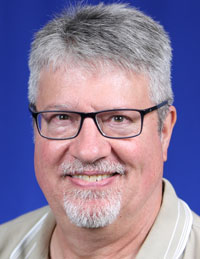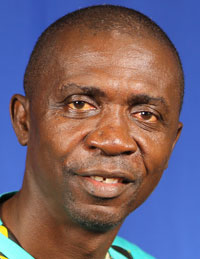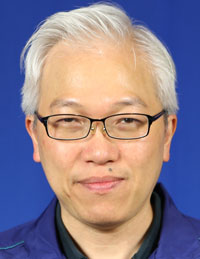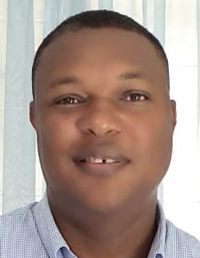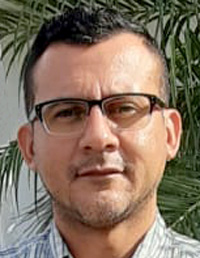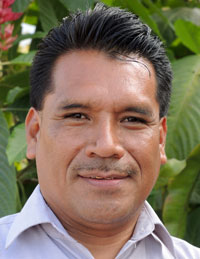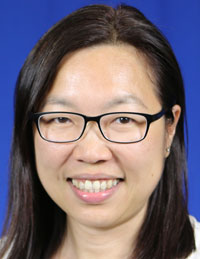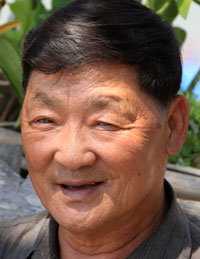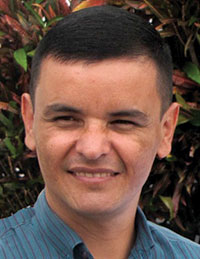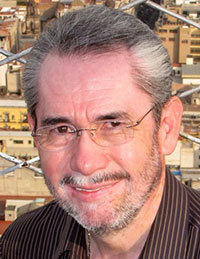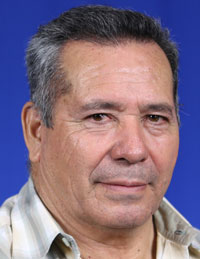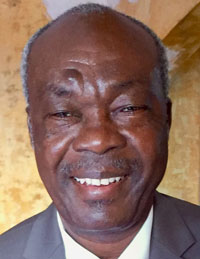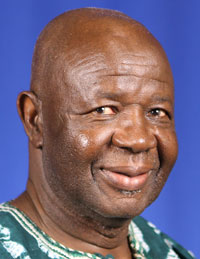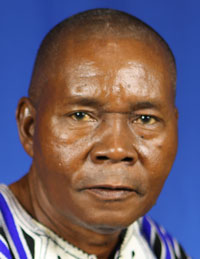Honduras
110 Churches
In 1929, Rev. James Elliott left his native Belize to pastor several English-speaking churches for the English Methodist Church on the north coast of Honduras. A year later, the Methodists abandoned their work in that country, but Elliott remained. Around 1944, he came in contact with the United Brethren church. Beginning in 1947, missionaries were sent to teach in Elliott’s school in La Ceiba and to help out in the churches.
The work took a major turn in 1952 after the Archie Cameron family arrived in Honduras. Cameron, along with Honduran coworker Eudaldo Mejia, focused major attention on the largely unevangelized Spanish population. When Elliott’s English-speaking churches (against Elliott’s wishes) severed their relationship with the United Brethren church in 1953, the Camerons stayed and focused entirely on the Spanish-speaking population.
The first Spanish church organized in 1953, and Honduras Conference officially organized in 1956. Over the next 20 years, Cameron helped start numerous churches in villages throughout northern Honduras, the work expanded into the southern part of the country, and the large Bethel School (now 2000 students strong) was established in La Ceiba.
Since 1990, the Honduran churches have operated under national supervision. Honduras sets the pace in church planting, and is responsible for starting churches in both Nicaragua and El Salvador.
More About Honduras



